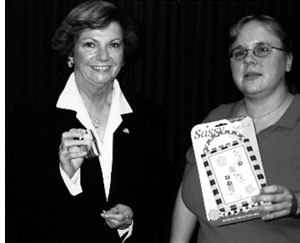A Message from the Chair
 This year has been another successful year for the Subcommittee on Child Product Safety. I was able to
raise awareness of significant issues facing consumers regarding car seat safety, the dangers of box
cutters sold to minors, and the importance of reporting dangerous toys.
This year has been another successful year for the Subcommittee on Child Product Safety. I was able to
raise awareness of significant issues facing consumers regarding car seat safety, the dangers of box
cutters sold to minors, and the importance of reporting dangerous toys.
This newsletter will highlight these issues as well as other child product safety information that is vital to the protection of our children. Together with the Consumer Affairs and Protection Committee, the Subcommittee on Child Product Safety will continue to work on issues to keep our children safe and happy.
I welcome comments and questions from the public regarding your thoughts about these issues and any other concerns you may have regarding child product safety. If you would like additional copies of this newsletter, please contact my office at (718) 651-3185.
|
Sincerely, |


 In the Assembly, Assemblywoman Margaret Markey passionately argues the need for Child Product Safety.
In the Assembly, Assemblywoman Margaret Markey passionately argues the need for Child Product Safety.
